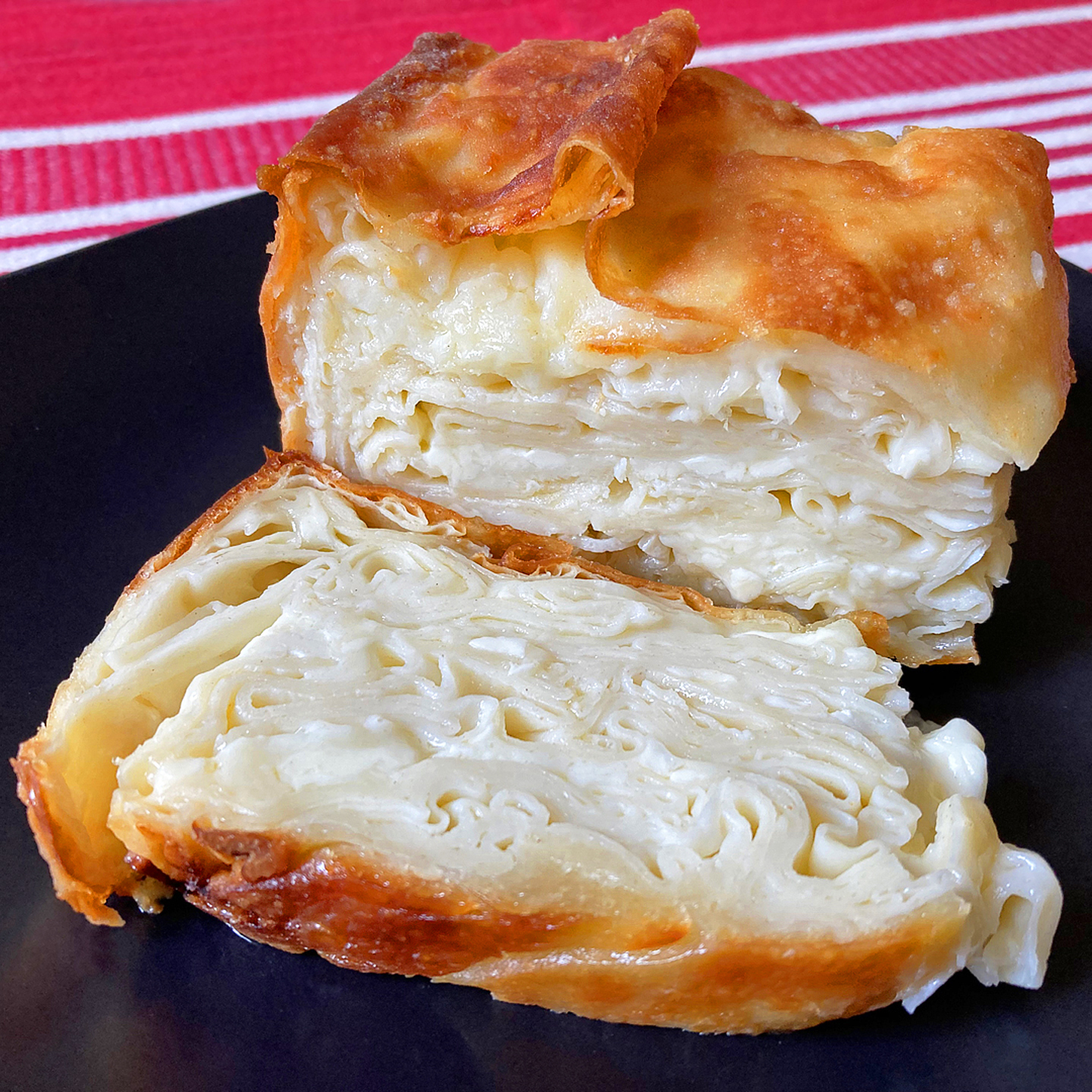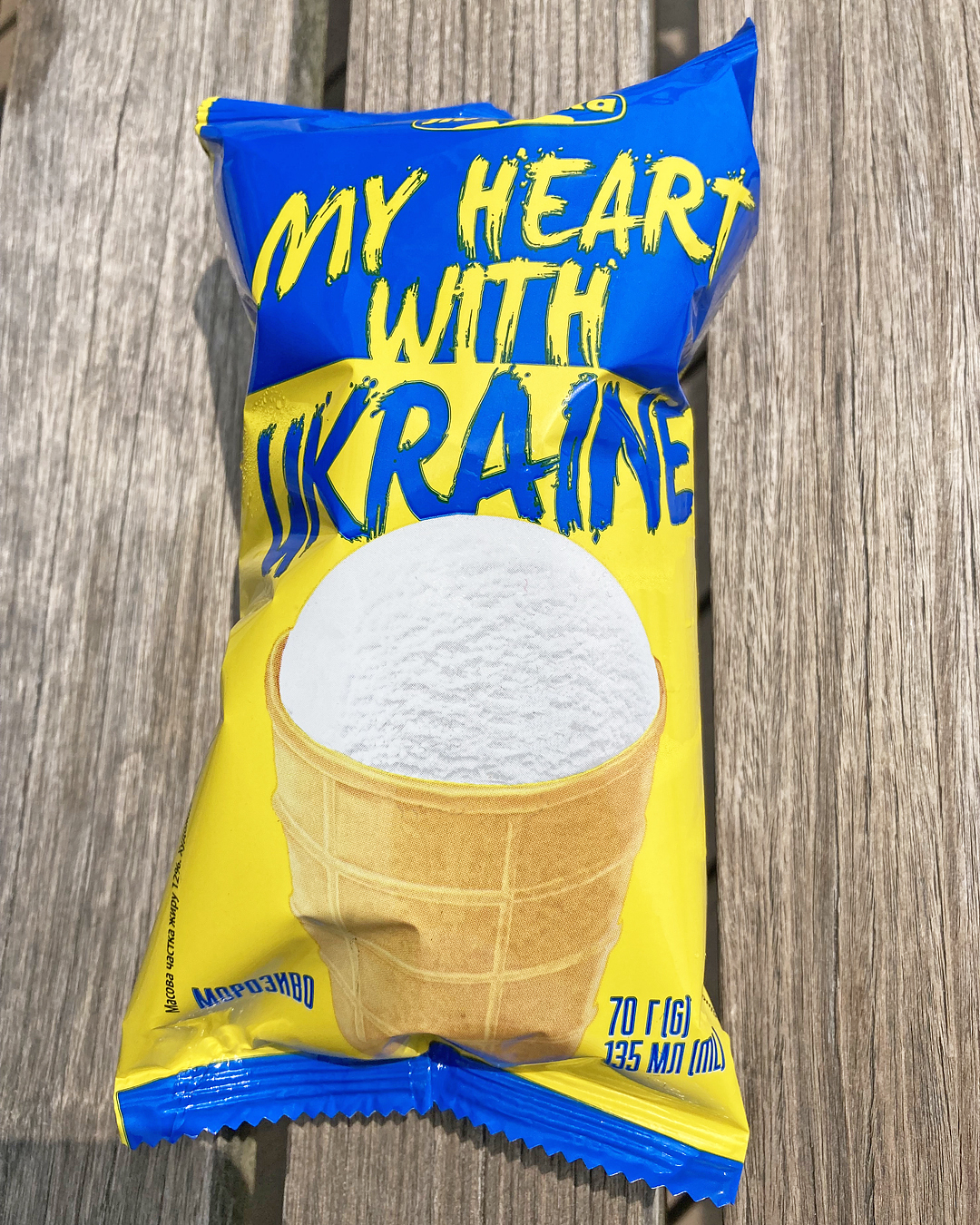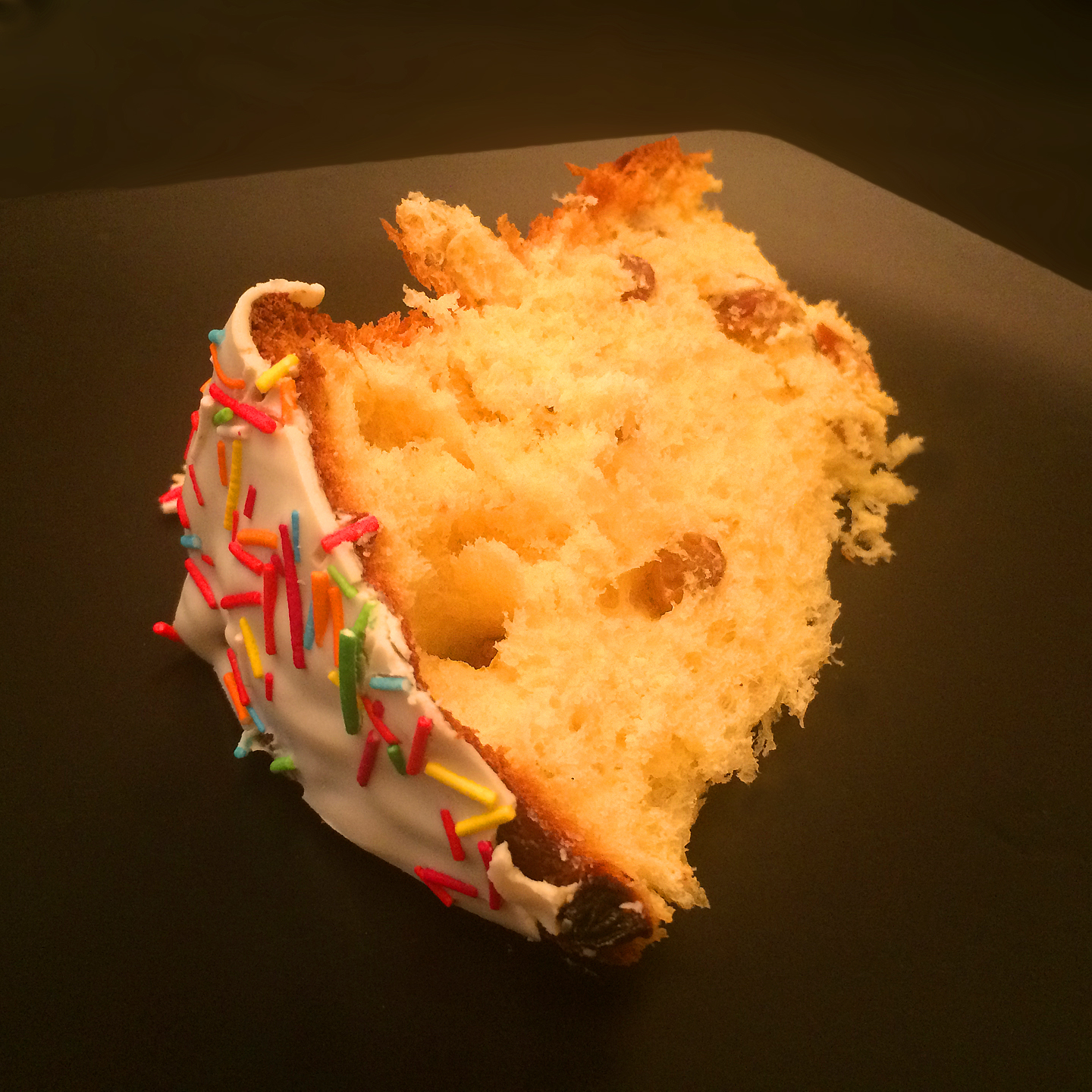Originally posted in 2023 and recently updated.
I was chatting with my charming Instagram friend Olya who lives in Ukraine; she’s a nature lover, very much into cooking, and the inspiration for the Ukraine corner of my website.
We were exchanging information about American Thanksgiving and Orthodox Christmas foods and I learned that Christmas is now officially celebrated on two days in Ukraine. The Orthodox Church still uses the old Julian calendar, therefore its Christmas celebration falls on January 7, thirteen days behind the Gregorian calendar. But backlash against the Russian invasion has prompted Ukrainians to look westward, distancing themselves from the Russian Orthodox Church, and now the Orthodox Church of Ukraine allows worshippers to observe the holiday on December 25 as well. So that makes it doubly special!
Olya provided me with a stocking full of info regarding traditional Ukrainian Christmas foods – and there are many! Here are a few, in no special order:
(Click on any image to view it in high resolution.)

Kutya (кутя) – Best described as a sweet porridge, it can be served at the beginning of a meal or for dessert; it’s made from wheat berries, poppy seeds, honey, and customarily includes chopped walnuts and raisins. The wheat berries symbolize immortality and hope, the honey and poppy seeds represent happiness, tranquility, and success. Here’s my homemade version, served in my grandmother’s dish.

Holubtsi (голубці) – Stuffed cabbage rolls are filled primarily with rice, minced vegetables, and sometimes mushrooms; they are prepared without meat on Christmas Eve, the Ukrainian tradition, and with meat on Christmas Day.

Kholodets (холодець) – A savory meat aspic; chilled meat stock gels naturally because of its high collagen content although gelatin is sometimes added to double down on the texture. Chicken, pork, and vegetables come to the party and it’s often served with red horseradish or mustard.

Fish (риба) in many varieties and styles including fried, baked, stuffed, jellied, or marinated (like this herring) is usually a part of Ukraine’s Christmas dinner; for Ukrainians who observe Lenten traditions, the Christmas Eve meal should not include meat.

Varenyky (вареники) – These dumplings are one of Ukraine’s national dishes; they can be found in a pair of divergent guises: sweet, filled with cheese and/or fruit; and savory, stuffed with meat, potatoes, or cabbage, and customarily crowned with fried onions, occasionally bacon, and almost always accompanied by a dollop of sour cream.

Borshch (борщ) – This popular red beet soup has Ukrainian roots. Again, in keeping with tradition, Christmas Eve borshch is meatless and dairy-free. I’ve added a few fresh herbs, parsley, dill, and scallions to this version.

Pampushky (пампушки) – Ukrainian yeast-raised rolls that can be sweet or savory (these are topped with garlic and dill), baked or fried, and are a perfect accompaniment to borshch.
And from Kyivindependent.com:
“The number of dishes usually corresponds to the ritual number twelve, symbolizing the apostles or the months of the year. Since the meal is part of the Lenten fast leading up to Christmas, dishes do not include meat or dairy products. The 12 dishes of Christmas Eve usually include several additional vegetable-based recipes. These take many forms but are often built around mushrooms, cabbage, potatoes, and peas.
Common cold plates include pickled or fermented vegetables or chopped salads. Braised cabbage is also popular, prepared with either a tomato-based sauce or split peas.
Potatoes are used to make grated pancakes, called deruny, or mashed and formed into mushroom or vegetable-filled patties called kartoplianyky. Savory hand pies known as piroshky are filled with cabbage, mushrooms, peas, or other vegetables before being baked or fried.”
Kolach (колач) – Two candles are lit during the Christmas Eve celebration. One in the window to invite a passing stranger to share the holiday meal. The other is placed in the braided loaf known as kolach.
The name for the slightly sweet, braided yeast bread comes from the Old Slavonic word kolo, or circle, which symbolizes eternity. The bread is braided to commemorate the Holy Trinity and then shaped into a round loaf, an oblong loaf, or into three separate round loaves to be stacked on top of each other.
Since the bread contains eggs, it is traditionally saved to eat later on Christmas Day. According to old customs, the loaf is broken by the eldest member of the family and dipped in honey and salt before offering the greeting “Christos Rodyvsia” meaning “Christ is born.” Kolach is a symbol of luck, prosperity, and a bountiful harvest.
Uzvar (узвар) – Ukrainian Winter Punch made from dried fruits and warming spices simmered until your kitchen smells like heaven! The distinct smoky flavor comes from smoked plums that also give it an amber hue.”
And there are many more. Thank you so much for your help, Olya!
З Різдвом Христовим!

























